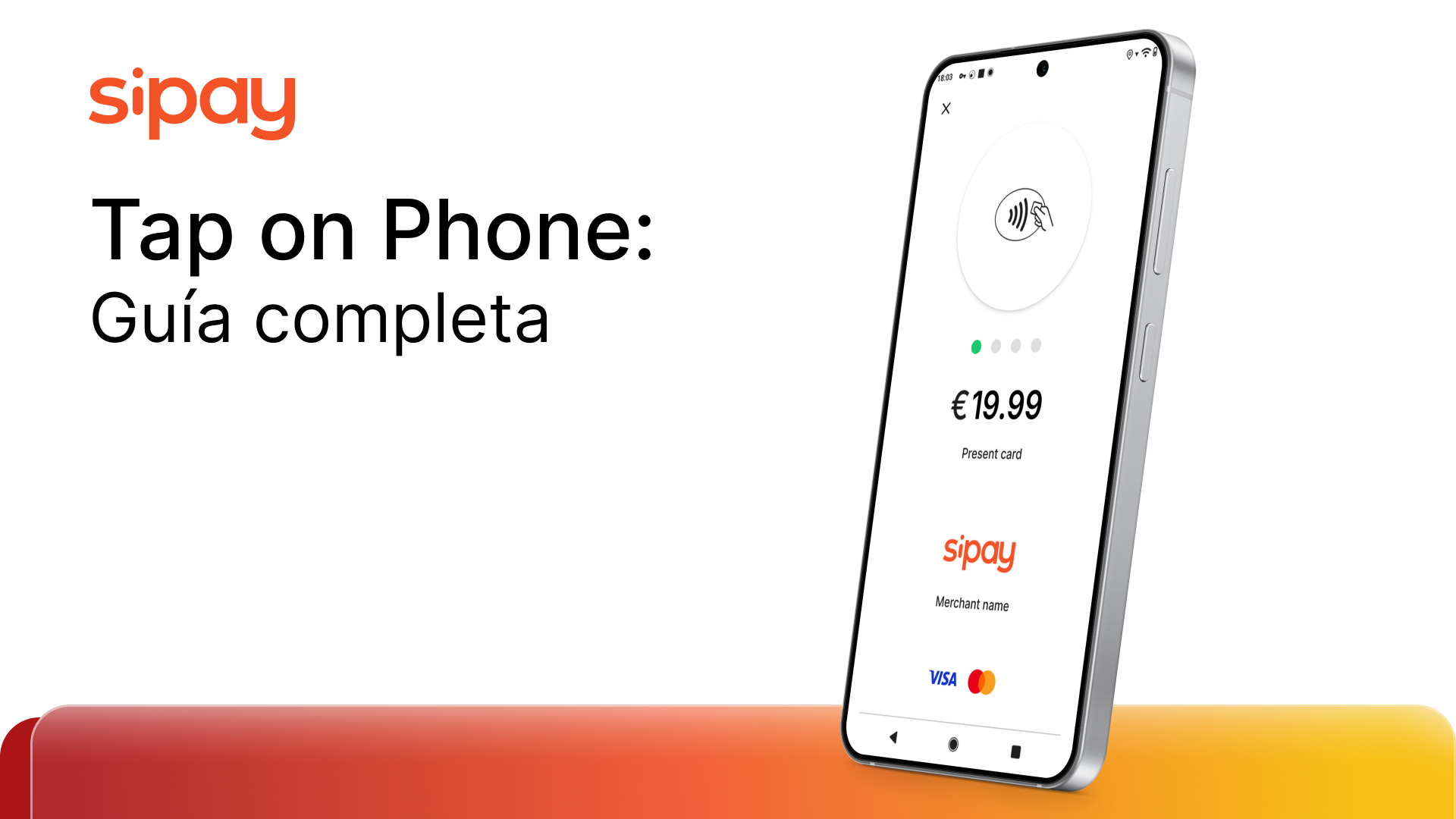Omnicanality, personalization, Customer Journey, payment methods… Which trends guide the retail sector?
The way of buying and selling has evolved by huge steps in recent years, and even more so in recent months. At first glance, we could think of transferring users from the physical store to the online store, but this is far from being the only change. In the physical sale itself, there are modifications and innovations that all stores should take into account if they want to keep their place in this purchasing channel.
First of all and related to the transfer of buyers to the online world, it is important that businesses have an integrated strategy of all its channels, so that they can create an omnichannel sales process from communication, to the final sale of the product or after-sales service. Thus, each user will be able to decide which channel he or she prefers to use in each step of the purchasing process, increasing convenience, brand preference and, as a final result, conversion.
Secondly, there is the challenge of personalization. While in the online world it may be easier to identify a user, doing so when they arrive at our physical store is somewhat more complex. For this reason, loyalty systems can be used to encourage users to register and identify themselves so that it is possible to know their behavior through the different channels. For example, we may be interested in knowing that a user who visited our ecommerce ended up buying the product in our store, thus being able to differentiate between lost sales and those that are simply completed in a different place. This can give us very interesting data to help us optimize the customer journey and improve the user experience.
Connecting both worlds, there are also shopping methods such as click & collect, which allows customers to buy a product online and then collect it in the store, enhancing the aforementioned omnicanality and the consumer’s ability to move from one channel to another with the least possible friction.
On the other hand, technology is not only useful when there is a transfer between channels, but can also be used when purchases are purely physical, giving more facilities to the user. For example, there are already systems that allow for scanning products directly while shopping, whether through mobile applications, built-in cart readers or other devices that avoid waiting in long queues to pay, optimizing users’ time and reducing costs for the company.
Finally, the way of paying is also changing towards more comfortable and secure methods, and security in this new environment is twofold: protecting users’ money and data, and protecting their health by minimizing contact. For the first case, technologies such as tokenization, the use of biometrics for transaction authentication (let’s imagine, for example, paying with the palm of our hand), which not only provide security but also speed and simplicity for the client, are useful. In the second case, the use of contactless technologies will be fundamental, whether through cards, cell phones or other intelligent devices that allow payment without the need to come into contact with any surface or through equally contactless methods such as the scanning of QR codes.
From Sipay, a payment gateway focused on boosting innovation and digitalization of payments in all purchase channels, they comment that «we live in a moment full of opportunities in which new things are born every day and in which projects evolve rapidly thanks to the attitude of a consumer who embraces new technologies and adopts them very quickly. This is also a great challenge for businesses, which must be vigilant to changes and find the right suppliers to help them adapt with the speed that the market requires”.



